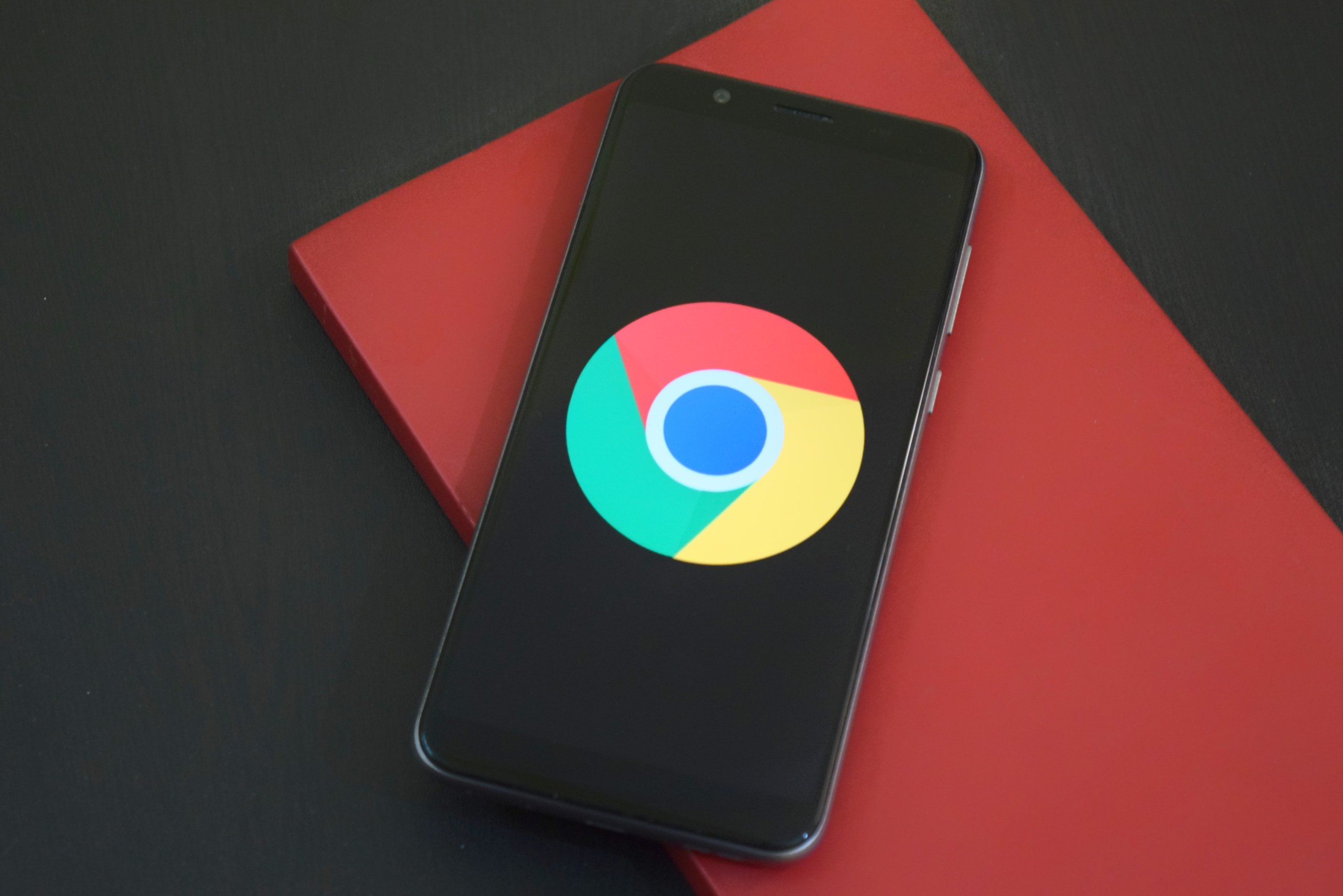Creating a successful brand is essential for any business to stand out amongst the competition. A major component of a successful brand is its symbol. Brand symbols, more commonly known as logos, are used by businesses to communicate their mission and values to customers in an efficient and memorable way. In this article we will discuss what a brand symbol is, how to choose one for your business, provide examples of well-known logos, and more.
What is a Brand Symbol?
A brand symbol is a visual representation of a company that helps to create a distinct and recognizable identity. It is an essential element of branding, helping to establish the brand’s personality, values, and mission. A brand symbol can take many forms, including logos, icons, and mascots. When choosing a brand symbol, it’s important to consider the target audience and what message you want to convey.
One example of an effective brand symbol is the Nike swoosh. The sleek design conveys speed and movement while also representing strength and power. Another popular brand symbol is the golden arches of McDonald’s. The iconic shape has become synonymous with fast food around the world.
Creating a successful brand symbol takes time and effort but can have a significant impact on your business’s success. By choosing wisely, you can create an image that resonates with your customers and helps them remember your company for years to come.

Benefits of Having a Symbol
A brand symbol is a visual element that represents your business, product, or service. It’s a powerful tool that helps you to establish brand identity and recognition in the minds of consumers. Your symbol can be anything from a simple icon or shape to a more complex image or logo. When choosing a symbol for your brand, it’s important to consider factors such as its readability, scalability, color scheme, and overall aesthetic appeal.
One of the main benefits of having a brand symbol is that it creates an instant connection with your target audience. A well-designed symbol can convey your brand values and personality without needing any additional explanation. This makes it easier for potential customers to recognize and remember your business over time.
Another advantage of having a symbol is that it can help you differentiate yourself from competitors in the market. By creating a unique visual identity, you’ll stand out among other brands selling similar products or services. Additionally, symbols are versatile assets that can be used across various marketing materials such as websites, social media platforms, packaging designs, and more – making them great long-term investments for any business looking to strengthen their branding efforts.

How to Choose a Symbol
A brand symbol is an essential part of a company’s identity. It is a visual representation of the organization, and it helps consumers identify and remember the brand. When choosing a symbol, there are several factors to consider. First, it should reflect the values and beliefs of the company. For example, if your brand is focused on sustainability, your symbol could be an eco-friendly image.
Secondly, it should be simple yet memorable. A complex design may look impressive but may not be easy to recognize at first glance. Thirdly, you want to ensure that your symbol stands out from competitors in your market segment.
Some examples of successful brand symbols include Nike’s swoosh logo and McDonald’s golden arches. Both are simple yet easily identifiable by consumers worldwide. In summary, choosing a suitable brand symbol requires careful consideration to ensure that it accurately represents your company while being memorable and visually appealing to target audiences.

Examples of Symbols
A brand symbol is a visual representation of a company or product that is instantly recognizable. It should be unique, memorable and represent the values and personality of the brand. When choosing a symbol, it’s important to consider how it will look in different sizes and formats, such as on social media profiles, websites and merchandise.
One example of a successful brand symbol is Apple’s iconic apple with a bite taken out of it. The simple yet striking design has become synonymous with the tech giant’s innovative products and sleek aesthetic. Another example is Nike’s “swoosh” logo, which represents movement and speed – two key values of the sports brand.
Other popular symbols include McDonald’s golden arches, Coca-Cola’s classic script font, and Twitter’s blue bird icon. Each of these symbols has become so ingrained in our culture that we can recognize them instantly without even needing to see the accompanying text or name.

Guidelines for Designing a Symbol
A brand symbol is a visual representation of a company or product that helps identify and differentiate it from competitors. To create an effective symbol, there are several guidelines designers should follow. First, the symbol should be simple and easy to recognize, even when scaled down to small sizes. It’s also important to consider the color scheme and typography used in the design, as these elements can convey emotions and attitudes about the brand.
When choosing a symbol for a brand, it’s crucial to consider the target audience and their preferences. A successful symbol should appeal to its intended audience while standing out from competitors in the same market space. For example, Nike’s iconic “swoosh” logo represents movement and athleticism – qualities that resonate with their athletic customer base.
Ultimately, an effective brand symbol is one that communicates the essence of a company or product in a memorable way. By following these guidelines for designing symbols, companies can create logos that not only look great but also help build lasting connections with customers.

Popular Brand Symbols
A brand symbol is an emblem, logo or design that represents a company or product. It’s the visual cue that consumers associate with a particular brand and helps to differentiate it from competitors. Choosing the right brand symbol is crucial for any business, as it can create strong emotional connections with customers and increase recognition.
Some popular examples of brand symbols include Nike’s swoosh, Apple’s bitten apple, and Coca-Cola’s red and white script font. These symbols are easily recognizable and have become iconic in their respective industries. They evoke feelings of quality, innovation, and nostalgia for consumers who have grown up seeing them everywhere.
When choosing a brand symbol, businesses should consider factors such as simplicity, versatility, uniqueness, and relevance to their products/services. A good brand symbol should be easy to remember and reproduce across various mediums such as print ads or social media profiles. It should also stand out from competitors while accurately representing the values of the company/product it represents.
Conclusion
In conclusion, a brand symbol is an essential part of any business’s identity. It represents the company and what it stands for, helps customers recognize and remember the brand, and sets it apart from competitors. When choosing a brand symbol, it’s crucial to keep in mind that simplicity is key. The symbol should be easy to interpret, memorable, and scalable.
One way to create a successful brand symbol is by taking inspiration from the company’s values or mission statement. For example, Nike’s swoosh logo represents movement and athleticism – two qualities that are central to their brand identity. Another important factor to consider when creating a brand symbol is color choice. Different colors can evoke different emotions in people, so it’s important to choose colors that align with the message you want your brand to convey.
Ultimately, a well-designed brand symbol can help businesses build recognition and loyalty among consumers while conveying their unique value proposition. By investing time and resources into creating a strong visual identity through a powerful brand symbol, companies can set themselves up for long-term success in today’s competitive marketplace.
